On show: Interbike 2009 Part 3
Cannondale debuts groundbreaking Simon suspension concept
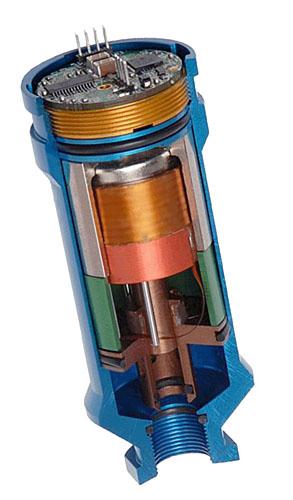
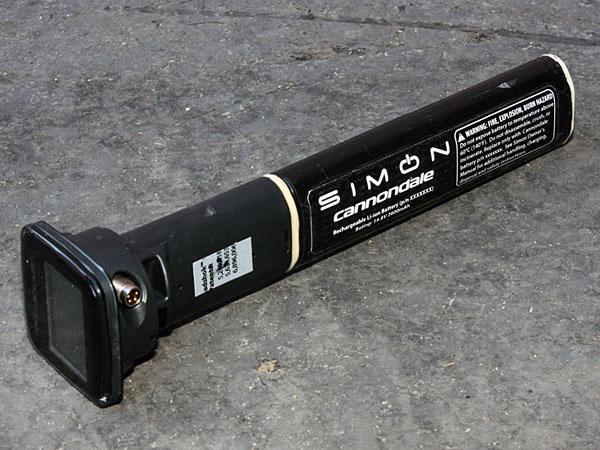
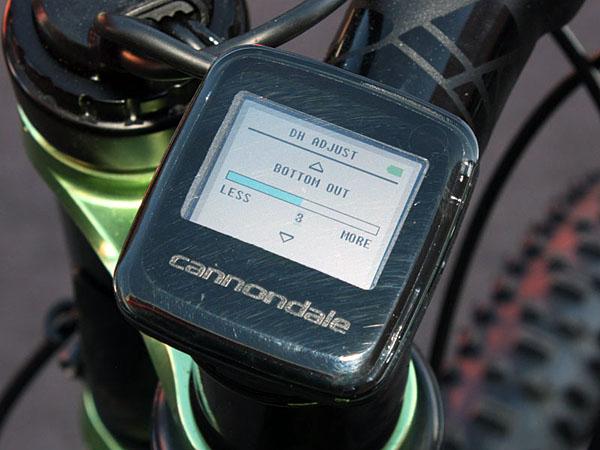
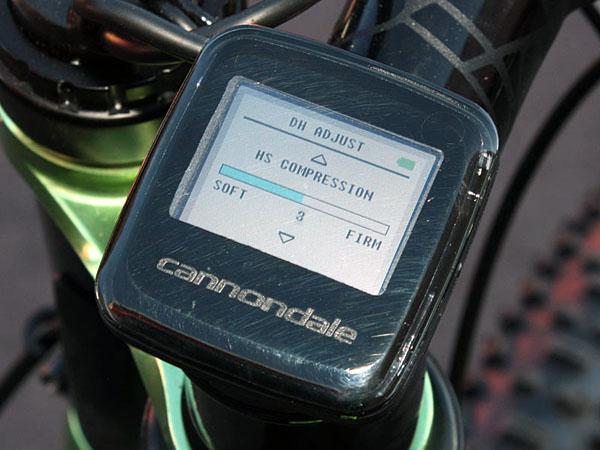
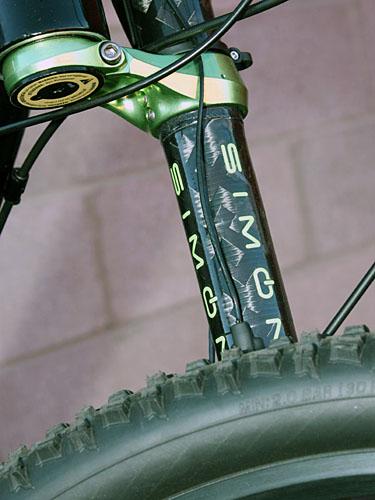
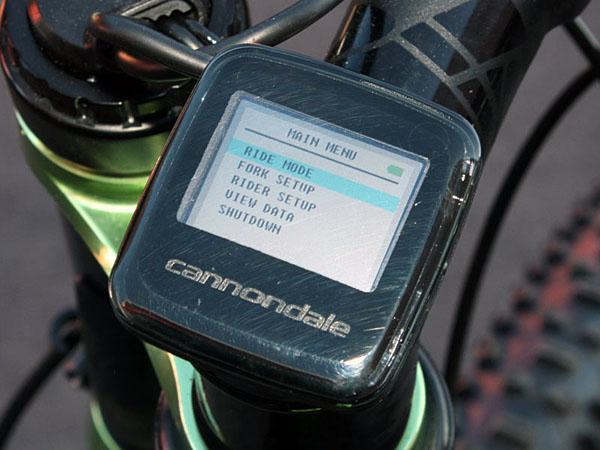
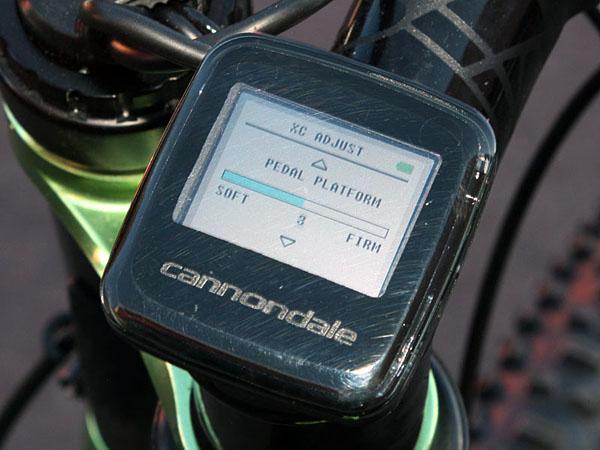
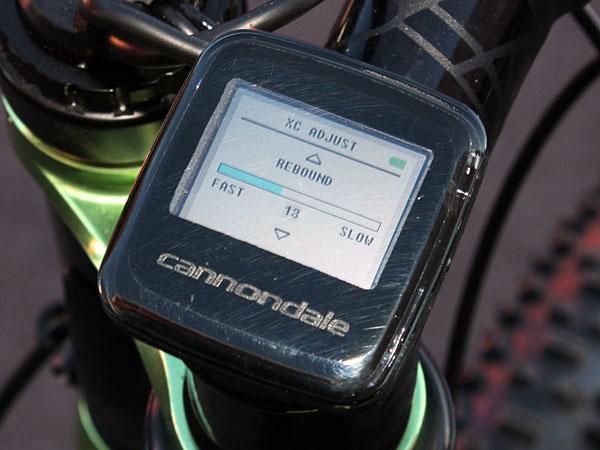
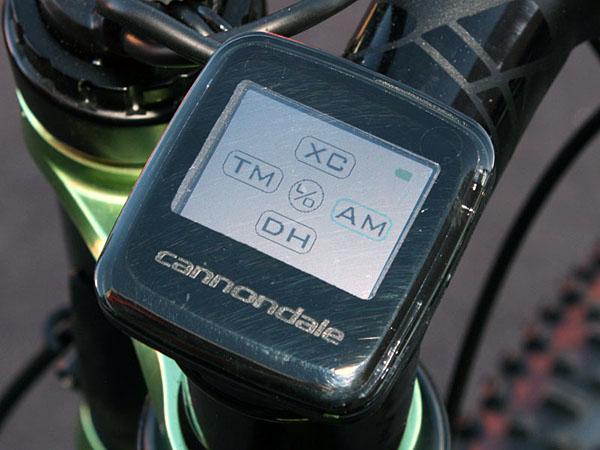
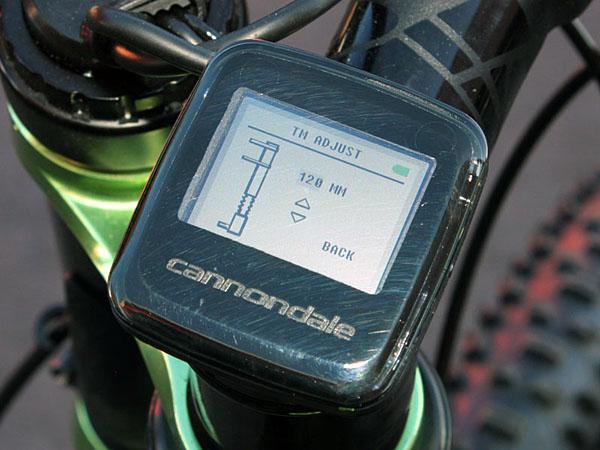
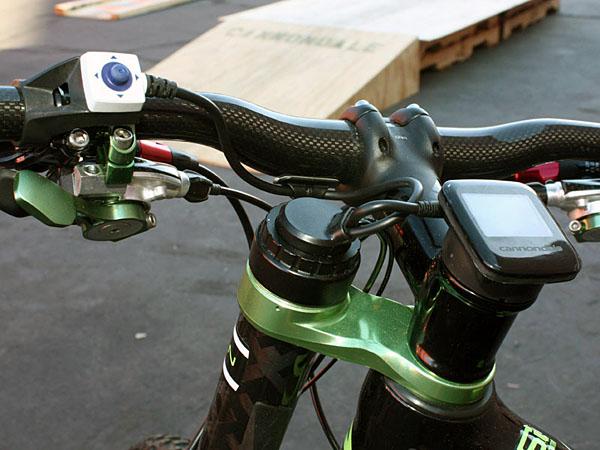
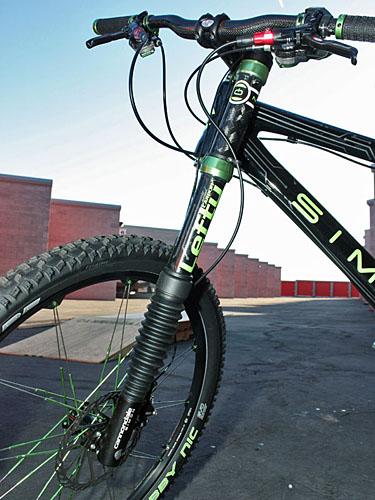
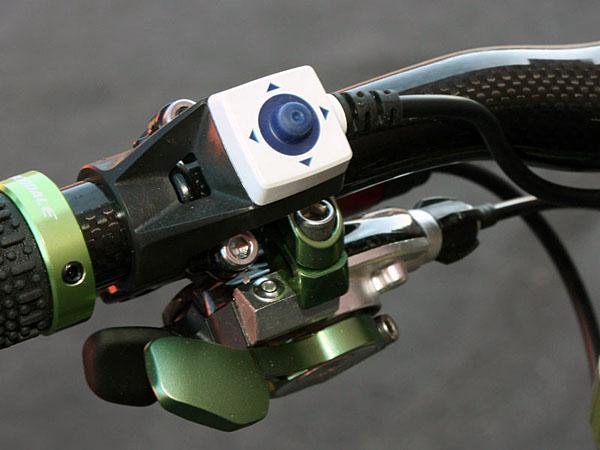
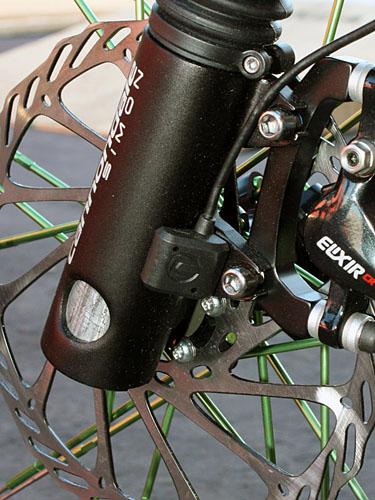
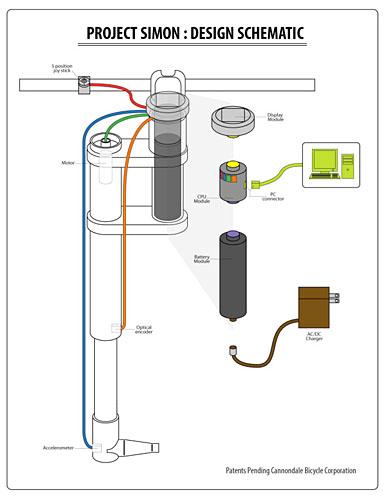
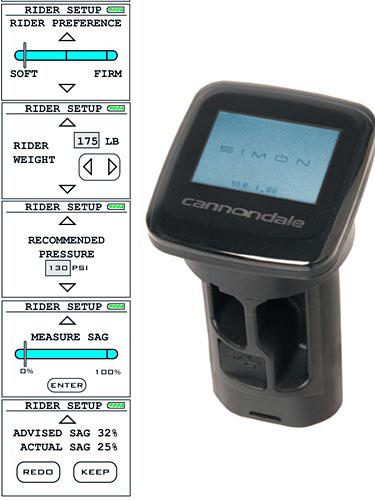
Cannondale's new Project Simon electronically controlled oil damper has been in development for a full five years – and yet it still isn't available to the public. In fact, it's still just barely out of the proof-of-concept phase and Cannondale won't even offer up a projected release date or target price.
But if it's everything it's cracked up to be, it'll be more than well worth the wait and is far from just some rehash of Cannondale's ill-fated ELO system.
The twin-tube Simon damper is extraordinarily simple from a mechanical standpoint, consisting of a single solid piston pushing oil back and forth through just one – yes, just one – orifice-style damper.
A retractable pin adjusts the size of that port, however, and that pin is controlled by an ultra-fast acting Cannondale-exclusive linear stepper motor that can reportedly go from full-open to full-closed in just six milliseconds.
Simon says...
So what, you ask? The variable-size port and two-way oil flow means that that one circuit can produce a wide range of damping rates for both compression and rebound without the need for multiple shim stacks, valves, and ports.
Add in the array of position and force sensors scattered at various points in the special Lefty chassis and some sophisticated software and what you get is a suspension fork that adjusts itself every two milliseconds based on current conditions and rider programming at any point in the travel range.
Get The Leadout Newsletter
The latest race content, interviews, features, reviews and expert buying guides, direct to your inbox!
For example, want a highly linear feel? Simon leaves the valve mostly open for lots of oil flow.
Want a more progressive or abrupt bottom out? Simon gradually closes off the valve towards the end of the travel or leaves it mostly open until the very end of the stroke.
What about a stable pedaling platform? Simon can keep the valve mostly shut at the top of the stroke but then open it up nearly instantly based on information delivered by the on-board accelerometer. Reestablishing the platform after the impact can then be based on elapsed time (like the original Specialized Brain) or subsequent measured bump force (like the new Brain).
And that's just the beginning. The on-board computer offers about 10,000 total possible 'maps', starting with five main modes: cross country, all mountain, downhill, lockout, and travel management (yes, the Simon damper can set top-out and bottom-out points), and each map 'family' is fully customizable via the intuitive on-screen interface.
Even initial setup is remarkably user-friendly with guided prompts that ask riders for their desired overall feel and weight. The computer then comes back with a recommended pressure setting for the air spring and even compares actual sag with the target value.
Simon says... it's simple
The simple physical design and sophisticated surrounding software also yields other advantages. With just one moving part, the stepper motor is estimated to last up to 30 million cycles before a replacement is needed and the software can be easily updated whenever improvements are made without actually having to do anything with the damper itself – with Simon, there are no shim stacks to swap and no needle valves to screw in and out.
Moreover, the simple internal design should eventually be fairly easily transferable to a rear shock, too, with similar benefits and capabilities.
Currently, downsides are limited to battery life, system weight, and cost. According to Cannondale design engineer Stanley Song, run time with the current Li-ion pack can be up to eight hours but as few as two, depending on trail roughness and rider weight.
The high-capacity battery also adds a fair bit of mass though the 130mm-travel Lefty fork still weighs in at just 1,800g (4.0lb) – well in keeping with its competition. Cost is still to be determined but given the amount of development time invested, it's safe to say that Simon won't come cheap.
Will Simon change the face of bicycle suspension design as Shimano may be doing on the transmission side with its Dura-Ace Di2 system? Battery life will definitely need to improve and Cannondale admits there are still bugs to work out but our (extremely) brief test session at least suggests the possibility is there. If nothing else, we're dying to find out.